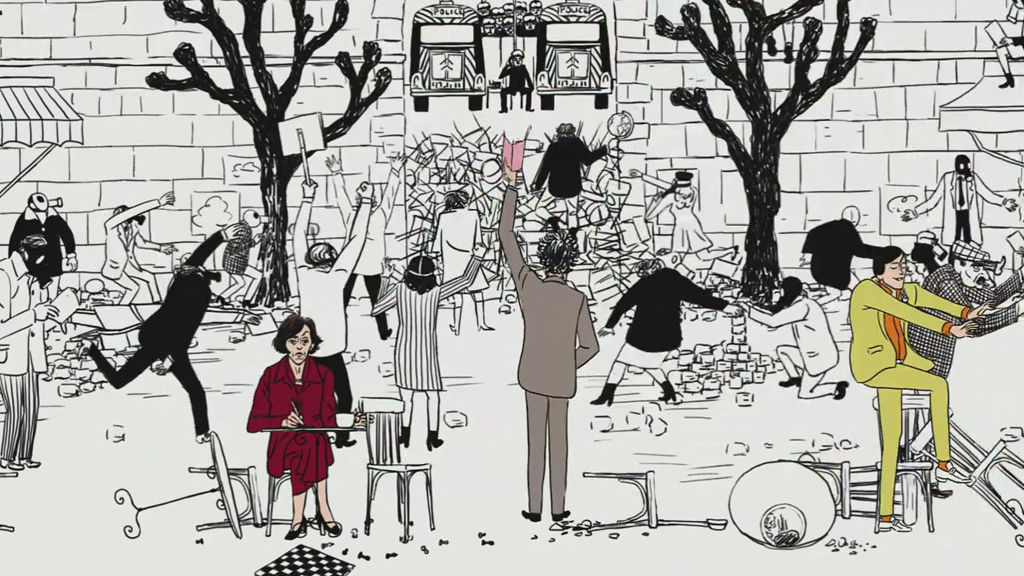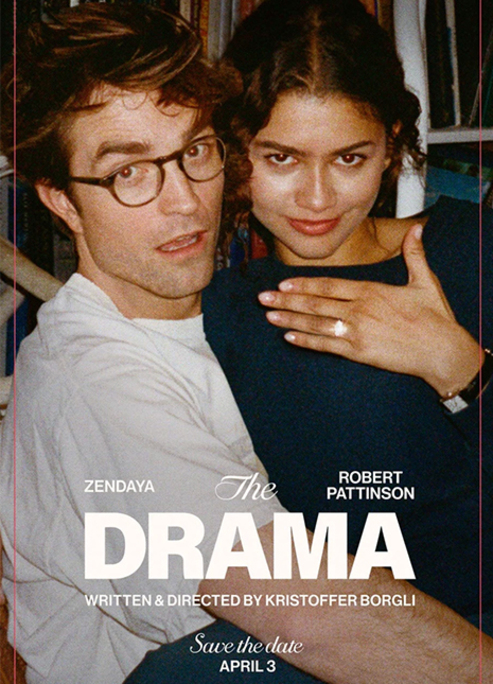
The French Dispatch: Wes Anderson’s Ode to American Journalism
'New Yorker' fans are in for a treat.
Wes Anderson’s #TheFrenchDispatch is now playing EVERYWHERE!
— The French Dispatch (@french_dispatch) November 5, 2021
Get tickets now! https://t.co/xZGVoOSeBC pic.twitter.com/N7yAWltIXX
If every journalist could attest to a lifestyle as idiosyncratically glamorous as The French Dispatch team in Wes Anderson’s eponymous new feature, there would probably be more journalists than financiers.
Indeed, this film boasts a huge cast of characters (and actors) and its structure catalogues these writers and their articles by replaying history. First to recount is Herbsaint Sazerac (Owen Wilson) in ‘The Cycling Reporter’, offering a tour of Ennui-sur-Blasé, the central location of the film and HQ for the international, Kansas-born newspaper.
Second is art critic J.K.L. Berensen (Tilda Swinton) in ‘The Concrete Masterpiece’, taking us through the story of painter Moses Rosenthal’s epic discovery by the art world - while inside prison for murder.
Thirdly, and most intriguingly, is tough-as-nails news reporter Lucinda Krementz (Frances McDormand) in ‘Revisions to a Manifesto’ and her entanglement with student activist Zefferelli (Timothée Chalamet) during a series of protests.
Finally, a good old-fashioned kidnapping heist takes us to ‘The Private Dining Room of the Police Commissioner’, helmed by Jeffrey Wright as Roebuck Wright (an amalgam of novelist James Baldwin and illustrator A.J. Liebling).
This all culminates in the bitter-sweet ending, that in classic Anderson fashion, is nothing short of hilarious.
The brilliant Wes Anderson's new film The French Dispatch hits our big screen from Friday 26 November.
— Leatherhead Theatre (@Lhdtheatre) November 6, 2021
This tribute to The New Yorker, with an A List cast of characters🤩https://t.co/yr9QkikJtM pic.twitter.com/NQhMDo54d9
At the centre of this is a glorious homage to the artwork and the stories of the long-running Condé Nast publication, The New Yorker. From the quirky art style, costumes, lighting and framing, the images feel pulled from Chief Illustrator Saul Steinberg’s sketch pads. The stories also satirize American culture in the same way the New Yorker continues to.
Moses Rosenthal’s ascension into the extravagant art world, and exploitation by the prison head, is a subtle jab at the mechanics of a market that rarely gives back to artists. Zefferelli’s call to activism is not about fees or censorship - but because male students are banned from female dorms. With this in mind, it’s beyond a shadow of a doubt Anderson’s funniest film.
. @french_dispatch pop up in NYC ❤️ pic.twitter.com/4WqxfPROyf
— ☁️☕️c (@caladanarrakis) October 22, 2021
Pop-up store in NYC to celebrate the film's release.
Often with short story collections or anthologies, the tales are bound together with a central theme. The theme of The French Dispatch is, in fact, The French Dispatch. While the film is a visual treat, a phrase used so often with Anderson’s work it’s cliché, it does lack sincerity in its takeaways. Where The Royal Tenenbaums implemented style and substance - unfortunately, you really can’t choose your family - this film is too dense, multistoried and over-cast.
However, for fans of the cult director this one will absolutely satisfy. Consider it the Wes Anderson equivalent of Sofia Coppola’s Somewhere or Stanley Kubrick’s Eyes Wide Shut. Being invested in these directors' visual style and storytelling will ultimately enliven the experience. But is that really good enough?
Ultimately: Wes Anderson fans will get precisely what they came for. An eye-catching and eccentric film, emboldened by a mega-talented cast with sparse screen time. However, fans of The New Yorker are surely in for a good time, particularly with the touching final credits paying tribute to alumni Lillan and Harold Ross, Mavis Gallant, William Shawn and A.J. Liebling.
Next Up: Top Feminist Moments In TV And Film











